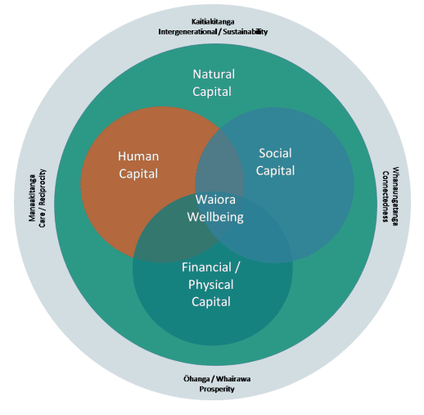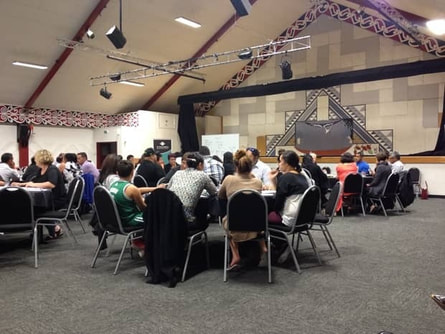Reflections on Using Risk Assessments in Understanding Climate Change Adaptation Needs in Te Taitokerau Northland
Matthew de Boer
He Pou a Rangi NZ Climate Change Commission
formerly with Northland Regional Council
He Pou a Rangi NZ Climate Change Commission
formerly with Northland Regional Council


